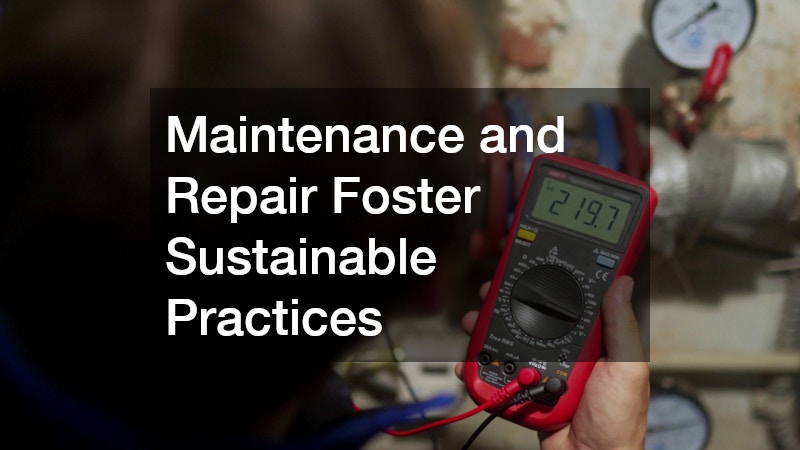Ensuring Efficiency Cooling Tower Leak Repair Strategies
In the sphere of industrial operations, cooling towers play a pivotal role in maintaining environmental and equipment efficiency. These structures are essential in preventing overheating of machinery by dissipating excess heat into the atmosphere. However, leaks in cooling towers can lead to significant operational losses and environmental concerns, affecting both short-term functionality and long-term sustainability. This article delves into various strategies for repairing cooling tower leaks, ensuring optimal performance and minimizing unnecessary downtime. The following sections address some of the most pressing questions and considerations related to this topic.
What Are the Common Causes of Cooling Tower Leaks?
Understanding the root causes of cooling tower refurbishment is leaks, and the first step in addressing this prevalent issue. Structural damage is one of the primary causes, often due to prolonged exposure to harsh environmental conditions like UV radiation and chemical contaminants. Over time, materials used in construction, such as wood, fiberglass, or metal, are prone to degradation, which may lead to the development of cracks and points of leakage. Corrosion is another frequent culprit, especially in metal towers, where rust can compromise structural integrity. Inadequate design and engineering flaws can also exacerbate vulnerability to leaks, emphasizing the necessity for precision in the initial construction phase.
Operational factors also significantly contribute to the emergence of leaks in cooling towers. Overloading the system beyond its intended capacity can create excessive pressure within the tower structure, leading to potential breaches. Regular fluctuations in water flow and temperature can put additional stress on seams and joints, weakening them over time. Vibrations from nearby machinery or internal systems can create micro-fissures that expand into significant leaks if not addressed. Furthermore, chemical treatments intended to prevent algae or scale buildup can have corrosive side effects if not managed properly. Therefore, a balanced approach to system load and chemical treatment is crucial for maintaining the tower’s integrity.
What Are the Best Practices for Repairing Leaks?
Adopting best practices for repairing cooling tower leaks ensures both immediate resolution and long-term reliability. Initial assessment by trained professionals is essential to determine the scope and severity of the leak. Once identified, implementing a patch using materials compatible with the original construction can provide a temporary solution until a more comprehensive repair can be conducted. Composite materials such as fiberglass-reinforced plastic have become popular for their durability and resistance to industrial environments. Additionally, using high-quality sealants and adhesives specifically designed for cooling tower applications can improve the efficacy of the repair.
In cases of significant structural damage, more extensive repairs may be necessary. This could involve replacing entire sections of the tower or reinforcing existing structures with new materials. Welding and fabrication techniques may be employed for metal towers to restore the original strength and integrity. However, these efforts often require specialized knowledge and equipment and should be conducted by experienced technicians. Employing non-destructive testing methods, such as ultrasound or radiography, can ensure that repairs have been successful and that no hidden flaws remain.
How Does Regular Maintenance Prevent Cooling Tower Leaks?
Regular maintenance is a preventive strategy that can significantly reduce the likelihood of unexpected leaks in cooling towers. Scheduled inspections allow for early detection of wear and tear on materials, enabling timely interventions before minor defects escalate into major problems. Nightly shutdowns for cleaning and inspections can alleviate the accumulation of debris and biofilms that may jeopardize system integrity. Implementing a standardized maintenance protocol ensures that all aspects of the cooling tower are evaluated and maintained systematically, minimizing the risk of overlooked issues. Routine checks of water composition can also prevent chemical imbalances that might contribute to material degradation or corrosion.

Advanced maintenance strategies incorporate the use of modern technologies to enhance monitoring and detection capabilities. Implementing real-time monitoring systems, such as those utilizing IoT devices, can provide continuous data on pressure, temperature, and flow rates, alerting operators to anomalies that may indicate a developing leak. By leveraging analytics and machine learning, these systems can predict potential failure points, allowing teams to act proactively rather than reactively. Ultrasonic and thermal imaging technologies can produce detailed insights into the physical state of inaccessible areas within the tower, uncovering hidden vulnerabilities. Adopting these technologies creates a more resilient cooling tower infrastructure, capable of withstanding both operational and environmental challenges.
Effectively managing and repairing cooling tower leaks not only ensures the operational efficiency of industrial systems but also mitigates environmental risks. By understanding the causes, detection methods, repair techniques, and preventative measures, industry professionals can enhance the longevity and reliability of cooling towers. Ultimately, strategic approaches towards maintenance and repair foster sustainable practices while supporting compliance with environmental regulations and operational standards. Emphasizing both immediate response and long-term resilience through continuous innovation and adoption of best practices secures the integrity of cooling towers. As industry demands evolve, so must the strategies employed to maintain these critical structures.





